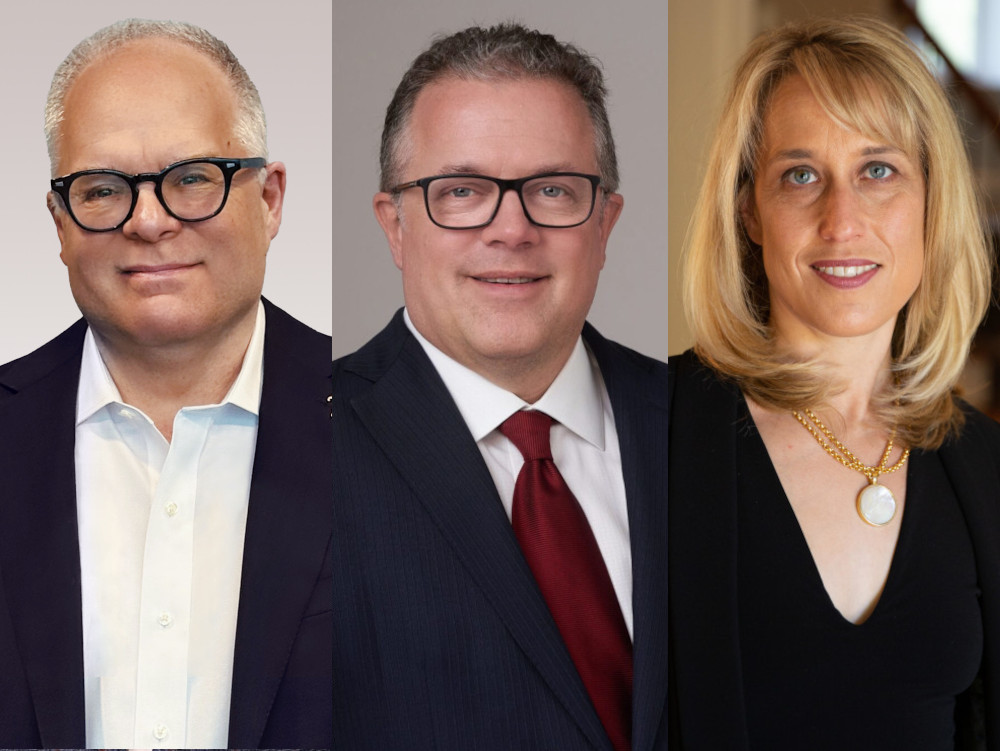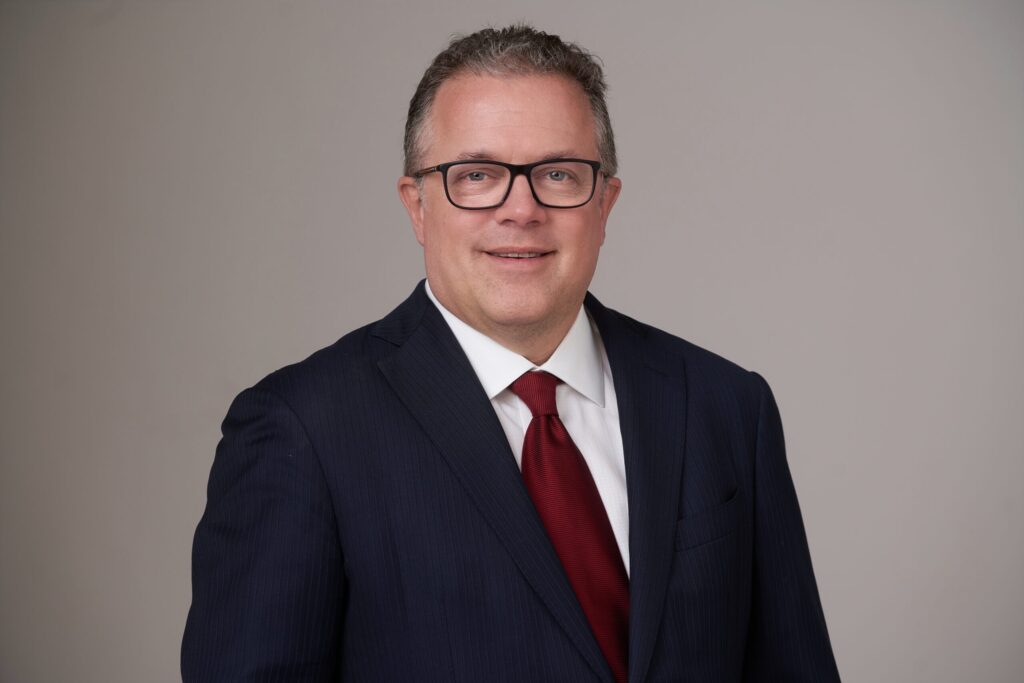Ask Peter Jessiman what should be the top issue for single-family offices trying to find their way in today’s ultra-high-net-worth landscape and he’ll tell you: a razor-sharp investment focus.
Jessiman is chief executive officer of JFII, a Winnipeg-based single-family office (SFO). Every day, new investment opportunities of all shapes and sizes materialize. But his firm stays the course by maintaining focus.
“You have to say no, and that’s just the reality of it,” Jessiman says. “We have got to just stick to what we know and where we’re best connected, and that’s what we’re doing.”
Opting to expand an SFO’s scope—investing cash from other families, for instance, or becoming a broader investment firm or even a multi-family office—is a decision that doesn’t come lightly. Families have to weigh operational costs and their comfort level regarding control. They also should map out an investment policy that satisfies their goals, Jessiman advises.
While SFOs can offer more customized services to their families, they can be limited in their investment opportunities and costly to operate. MFOs, conversely, are less personalized and able to pool resources, but they can be more cost-efficient and potentially offer a wider range of investments.
Operating an SFO can be an expensive undertaking, says Martha Simmons, chief administrative officer and chief compliance officer at Forthlane Partners, a multi-family office in Toronto.
“You’ve got investment professionals, tax and legal staff, compliance systems and reporting tools—all built to serve one family,” she notes. “It can easily cost $1 to $3 million per year just to run properly, and that number scales quickly.”
Once the infrastructure is built, she adds, many families start wondering, “’Can we extend this to serve others? Can we offer this platform to like-minded families and create something sustainable—and even revenue-generating?’”
Canadian Family Offices spoke with three firms about how they started their journey and how their paths twisted and turned over time.
Peter Jessiman’s single-family office
In 2021, Jessiman’s family sold Bison Transport Group of Companies, a transport and logistics firm. Its first move was to create an SFO—and then wait, he says. “The first thing we did was do nothing, and that was very intentional.”
After a firm sells a business, two things should happen, Jessiman says.
“One, you need to put a team and a strategy together,” he says. Then JFII drew up an investment policy statement (IPS), which outlined what the firm would and wouldn’t invest in. “We were a year getting staffed up and a year developing an investment policy statement,” he says.
The new firm also had to weather a deluge of investment professionals hoping to assist.
“You get approached by everybody under the sun who has an investment idea—every wealth manager, every investment shop, every charity,” says Jessiman. “It’s just a pile-on.” JFII had to say no to hundreds of opportunities in the first 18 to 48 months, he says.
It’s probably pretty hard to carry a single-family office infrastructure on an asset base under about $75 to $100 million.
Peter Jessiman, JFII
New single-family offices should take their time in hand-picking a team. “Take the time to put a strategy together and then go out slowly and start picking away at things and making things happen,” he says. “That approach has served us very, very well.”
Because the family had most of its investment eggs in one basket—in this case, transportation—its first move was to diversify, recalls Jessiman. It ended up with a mix of public and private equities and some real estate.
Jessiman did consider growing JFII into a multi-family office.
Doing so would offer the attractive prospect of “just handing it over to someone and not have to even think about it—someone who will do everything, all of the investing, all of the tax and compliance and reporting and audit and all of that stuff,” he says.
Cost, too, was a consideration. “I think most people would say that it’s probably pretty hard to carry a single-family office infrastructure on an asset base under about $75 to $100 million,” he says.
For now, JFII will continue as an SFO. “Our plan is to manage our own book internally,” says Jessiman. “Is it possible that we may expand and start offering some of the services that we have internally to other families? It’s possible.”
Vector Financial’s evolution into mortgages and real estate
When the Oelbaum family sold ACME Paper Box Co. to a paper mill in the mid-1960s, they decided to fund a family office.
The firm, Toronto-based Vector Financial, initially invested in National Housing Authority-backed mortgages, says Mitchell Oelbaum, a family member who today is Vector’s president and partner.
Over the next decade, more family members and friends joined, and Vector began offering syndicated mortgages. Each loan was structured as separate and offered only to those outside the family if the Oelbaum family was prepared to put their own money in.
Over time, Vector became known for syndicated mortgages as well and expanded the business to include commercial real estate acquisitions and management. The firm also purchased eight large properties, among them shopping centres.
“From 1984 we just grew that business in a small family-office kind of way,” Oelbaum says.
In 2021, due to new securities regulations, Vector became two separate businesses. One arm is a mortgage lender, broker and administrator, and the other is an exempt market dealer (EMD). The firm created Blue Couch Fund Administration Inc. (the EMD), and the Vector Mortgage Trust, a mutual fund trust.
“In April of 2022, we started to invite our investors in syndicated mortgages to come into the fund,” says Oelbaum. “And probably within about four or five months, we had maybe $70 or $80 million of our investors converted to the fund, and the rest of them stayed in syndicated mortgages.”
Alongside that, Vector has more than $200 million from syndicated mortgage investors who are high-net-worth individuals, family offices and other smaller institutions “that want to pick their own loan that they want to go into,” he says.
Oelbaum says that authenticity and honesty are the cornerstone of Vector’s approach. “If we like the deal, the fund gets the first dibs at it, so that we can always assure our investors that there’s no cherry-picking.” He says Vector’s principals invest only through the fund to demonstrate their commitment to the business. The partners and their families now have close to $25 million of their own money in the fund.
Collaboration is also key. “We’re able to collaborate with a greater number of investors today than we used to—institutional investors, trust companies, REITs and other mortgage entities,” he says. “We’re a much different firm than we were 10 years ago.”
Forthlane Partners on the creation of a multi-family office
By opening the doors to other family clients, a single-family office can share costs, increase efficiency and potentially create a real business with enterprise value, Martha Simmons says.
When Forthlane Partners was launched as a multi-family office in 2018, the firm’s vision was to “create a platform that delivers institutional-quality investment services across multiple families,” says Simmons. The goal was to enhance service, not dilute it, she says.
Initially, it offered a broad range of services, from bookkeeping to family education. But over time it realized it needed to narrow its focus, and it began concentrating on what would become its core strength: investment management.
Knowing that, for many families, gaining access to top-tier alternative investments is difficult without institutional reach, Forthlane offers institutional-quality infrastructure especially in private markets and alternatives, says Simmons.
MFOs can service many families who then share costs, Simmons notes. It can also boost efficiency through a larger advisory team.
“You go from funding an expense line to building a firm, says Simmons. “We started small, but we’ve grown into a platform that can serve a broader community of families.”
Anna Sharratt is a business and health reporter and editor with more than 20 years of experience. Based in Toronto, she has written for Canadian Family Offices since 2021. A regular contributor to the Globe and Mail, she has written for Inc.com, Forbes, Business Insider, Canadian Business, MoneySense, the National Post, The Toronto Star and other publications. She is the former managing editor of smallbiz.ca, health editor of Chatelaine and senior health writer for the CBC.
The Canadian Family Offices newsletter comes out on Sundays and Wednesdays. If you are interested in stories about Canadian enterprising families, family offices and the professionals who work with them, but like your content aggregated, you can sign up for our free newsletter here.
Please visit here to see information about our standards of journalistic excellence.




